But unknown to the fighting cohorts and Caledonian tribes, high above their heads two stars were coming together in a huge cataclysmic explosion.
Now 1800 years later the light from that collision will finally arrive on Earth creating a new star in the night sky - dubbed the 'Boom Star - in an incredibly rare event which is usually only spotted through telescopes.
Before their meeting the two stars were too dim to be seen by the naked eye, but in 2022, the newly formed Red Nova will burn so brightly in the constellation Cygnus that everyone will be able to to see it.
"For the first time in history, parents will be able to point to a dark spot in the sky and say, 'Watch, kids, there's a star hiding in there, but soon it's going to light up," said Dr Matt Walhout, dean for research and scholarship at Calvin College, Michigan, where the prediction was made.
For around six months the Boom Star will be one of the brightest in the sky before gradually dimming, returning to its normal brightness after around two to three years.
It is the first time scientists have ever predicted the birth of a new star and astronomers in Britain said it would be a fascinating and important event which is likely to trigger a race to be the first to record the phenomenon.
Dr Robert Massey, of the Royal Astronomical Society, said: "What we're talking about you might literally call the birth of a new star which should be very visible.
"The good news for people in the UK is that it is in the constellation Cygnus which is always above the horizon and is very high in the sky in the summer, so everyone will be able to see it.
"Nobody has ever managed to predict the birth of a star before so this is really unprecedented and I think there will be a race among amateur astronomers, and members of the public to spot it first."
The forecast was made officially at a press conference on Friday, all the more poignant because it coincided with the epiphany, which commemorates the visit of the Three Wise Men, who followed the star to Bethlehem to witness the birth of Jesus.
The binary star system, named KIC9832227, is 1,800 light years away and is made from two suns which spin around each other every 11 hours.
In 2013 Professor Larry Molnar and his team at Calvin College noticed that the orbital speed was decreasing. And doing so faster and faster.
It matched the data from another binary star which exploded in 2008 without warning and was picked up by astronomers. When experts went back over data from previous years they discovered that the crash could have been predicted because of the increasing orbital speeds.
"Observations of KIC9832227 show its orbital period has been getting faster since 1999 in the same distinctive way. We arrive at our predicted date by assuming the same process is happening here," said Prof Molnar, who is professor in astronomy.
"The star is around 1800 light years. Hence if we are right about the upcoming outburst, it actually occurred 1795 years ago, and the light from the outburst has been travelling toward us ever since.
"Explosions of this size occur about once a decade in our Galaxy. This case is unusual in how close the star is and hence how bright we will see it shine and unique in that it is the first time anyone has predicted an explosion in advance.
"It's a one-in-a-million chance that you can predict an explosion. It's never been done before."
Not only will be the event be an amazing spectacle for stargazers, it will also give scientists an unprecedented opportunity to observe the process as it unfolds. Astronomers do not understand the details of why stars merge or even how the explosions work.
"If Larry's prediction is correct, his project will demonstrate for the first time that astronomers can catch certain binary stars in the act of dying, and that they can track the last few years of a stellar death spiral up to the point of final, dramatic explosion," added Dr Walhout.
The work was presented at the annual American Astronomy Association meeting in Grapevine, Texas
When stars collide - Dr Daniel Brown, of Nottingham Trent University, explains the curious case of the Boom Star
Stars in the night sky have always been seen as a fixed canvas, never changing their position relative to each other and therefore often referred to as fixed stars.
The planets, Sun and Moon are the ones that wander amongst them.
Therefore any sudden and dramatic changes have always sparked our interest throughout the millennia, for example shooting stars, comets and (Super)Novae.
The latter being stars that seemingly are new, but only because they were to faint to see beforehand.
This is where the story of a slightly strange 12th magnitude star KIC 9832227 in the constellation of Cygnus, forming part of the familiar Summer Triangle and only visible through telescopes, begins.
It has been known to show variability as many stars do but with some strange features.
These kinds of variations can be caused by the star changing its surface properties and pulsating, or it can be caused by the star having a companion or more.
The work by Molnar et al. is showing us that this star is indeed a binary star that is very close together.
So close that the stars are nearly one, sharing a common out atmosphere.
But Molnar's work goes further than that, it shows that the orbit is decreasing faster and faster.
This accelerated decrease indicates a very strong possibility that these two stars will fully become one and causing a dramatic change in the star system.
It seems that in approximately 5 years this star system will become a single star that will be very bright indeed, possibly 2 mag , and therefore as bright as the main stars shaping the constellation Cygnus.
But such an event will not last forever with the star probably fading after half a year to be not visible to the naked eye and after 2-3 years returning to its original brightness.
Generally such rapid increases in star brightness are quite common and to an astronomer initially you might think not such a big deal. However, the general public will be able to see this star with their naked eye and this event can be predicted.
And for the astronomer this is indeed quite important, since this type of merging of stars has only recently moved from pure theoretical possibility to real observations.
In previous years Red Nova's have been observed that can be explained by such a merging stellar system.
One impressive visual example being V838-Monocerotis in 2002 with amazing light echoes creating painted nebula in the sky, as well as V1309 Sco in 2008 that with its rich data on its initial variability established the case for Red Nova being understood.
So if we ever though the fixed stars and their constellations never change as they seemingly move through our night sky, we realise this is not really the case.
The life of a star is not always so slow that it exceed our lifetime and even comprehension of time.
For the case of KIC 9832227 we can over years note how it evolves and predict when this dramatic transformation merging two stars to become one will occur.
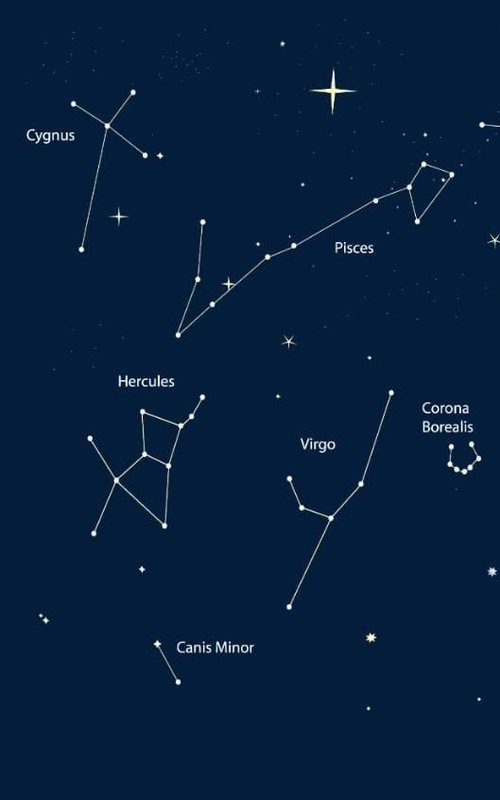
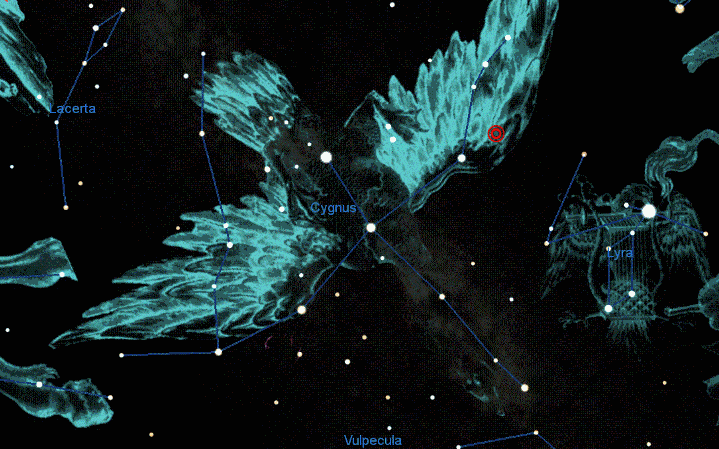
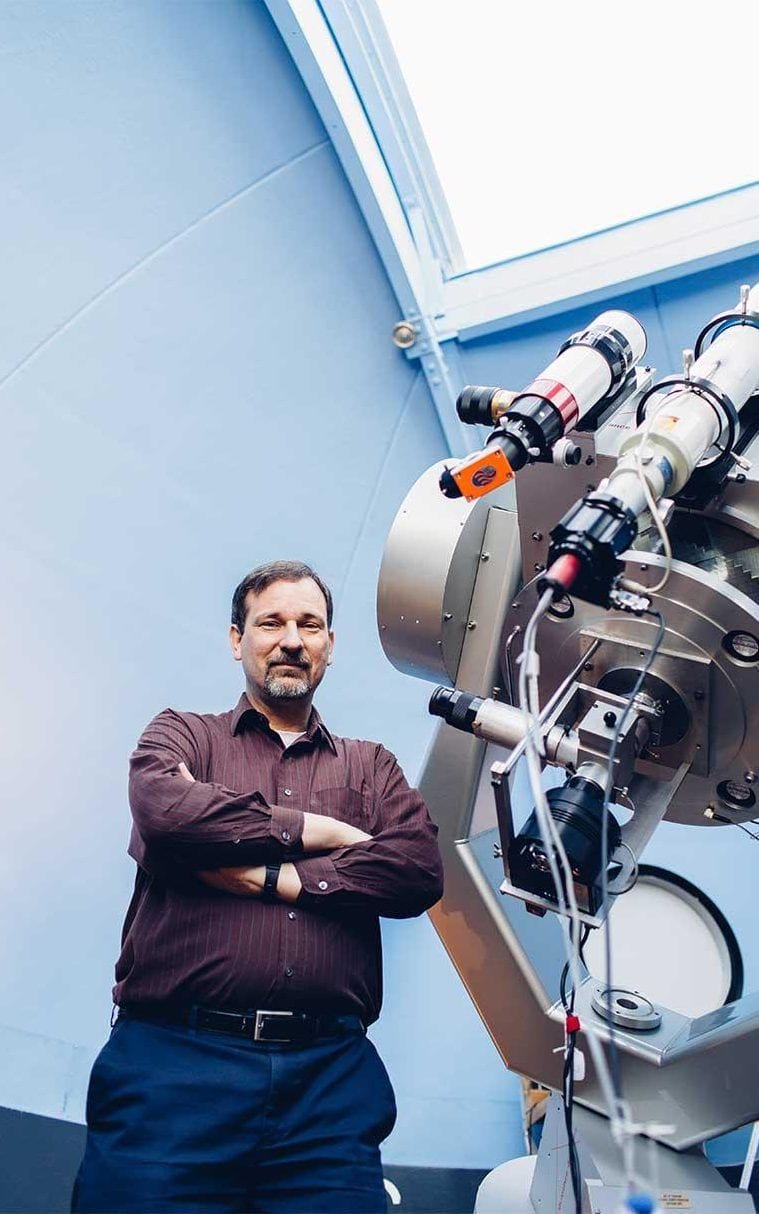
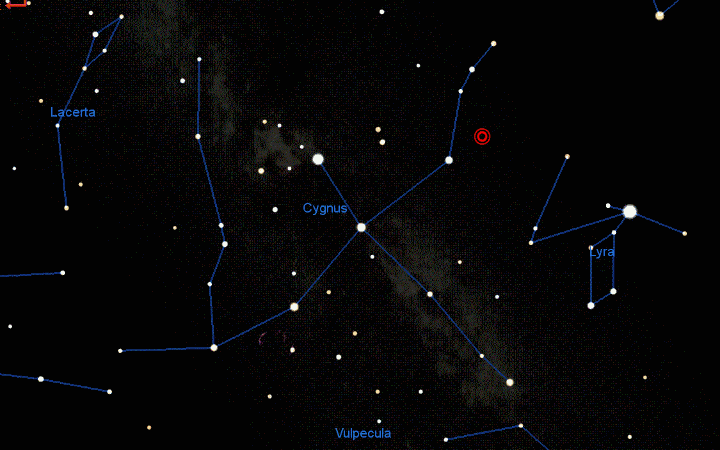
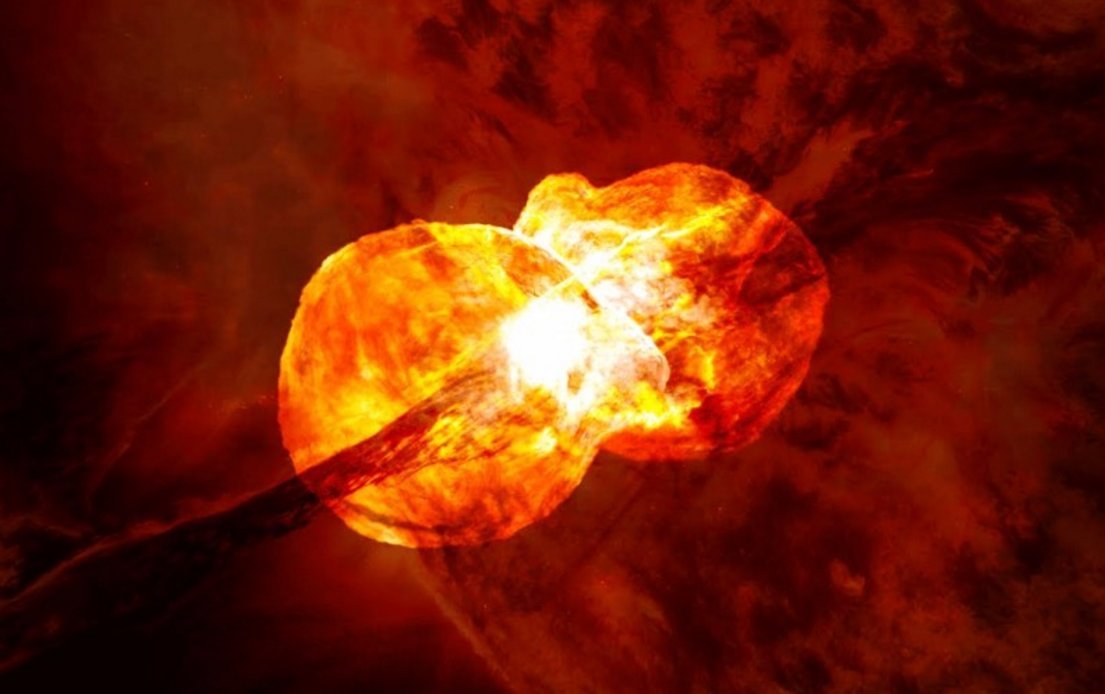



Reader Comments
to our Newsletter